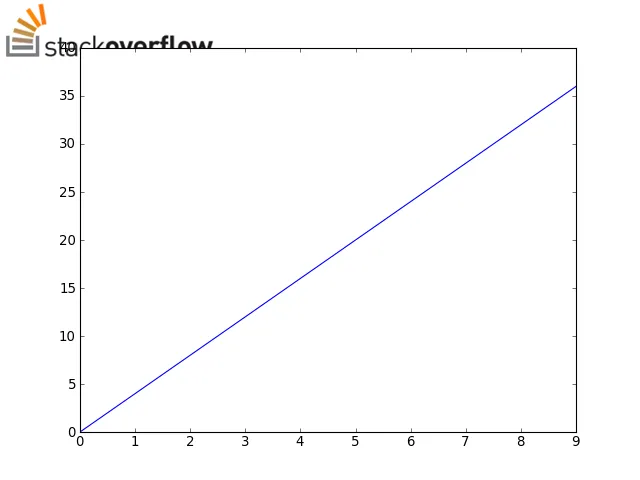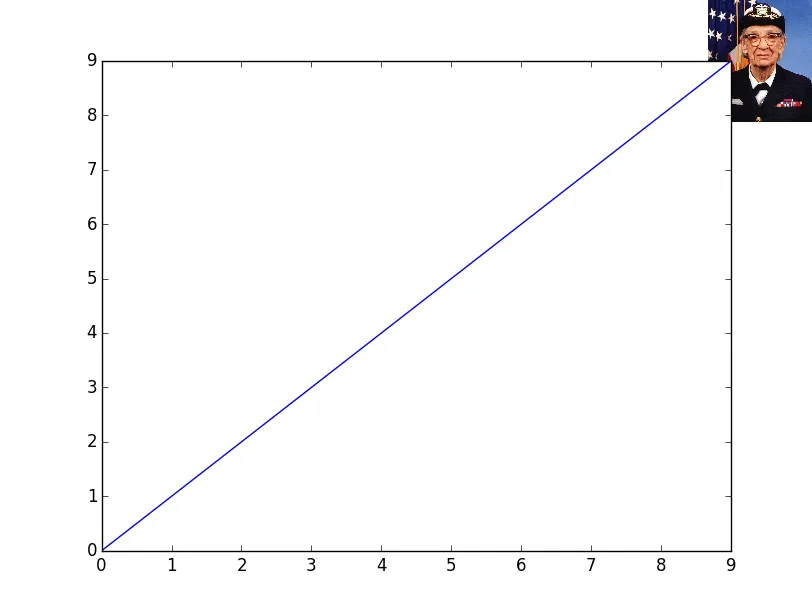我想要的非常简单:我有一个名为“logo.png”的小图像文件,我想在绘图的左上角显示它。但是在matplotlib示例库中找不到任何关于此的示例。
我正在使用Django,我的代码类似于:
def get_bars(request)
...
fig = Figure(facecolor='#F0F0F0',figsize=(4.6,4))
...
ax1 = fig.add_subplot(111,ylabel="Valeur",xlabel="Code",autoscale_on=True)
ax1.bar(ind,values,width=width, color='#FFCC00',edgecolor='#B33600',linewidth=1)
...
canvas = FigureCanvas(fig)
response = HttpResponse(content_type='image/png')
canvas.print_png(response)
return response


imshow,并使用axis('off')关闭刻度等。各种OffsetImage功能是另一种方法,但如果您选择这条路线,大小就不是dpi独立的。 - Joe KingtonOffsetImage进行操作,但它有一个缺点,就是会根据dpi而偏移。源代码中甚至有一个fixme。 - tillsten